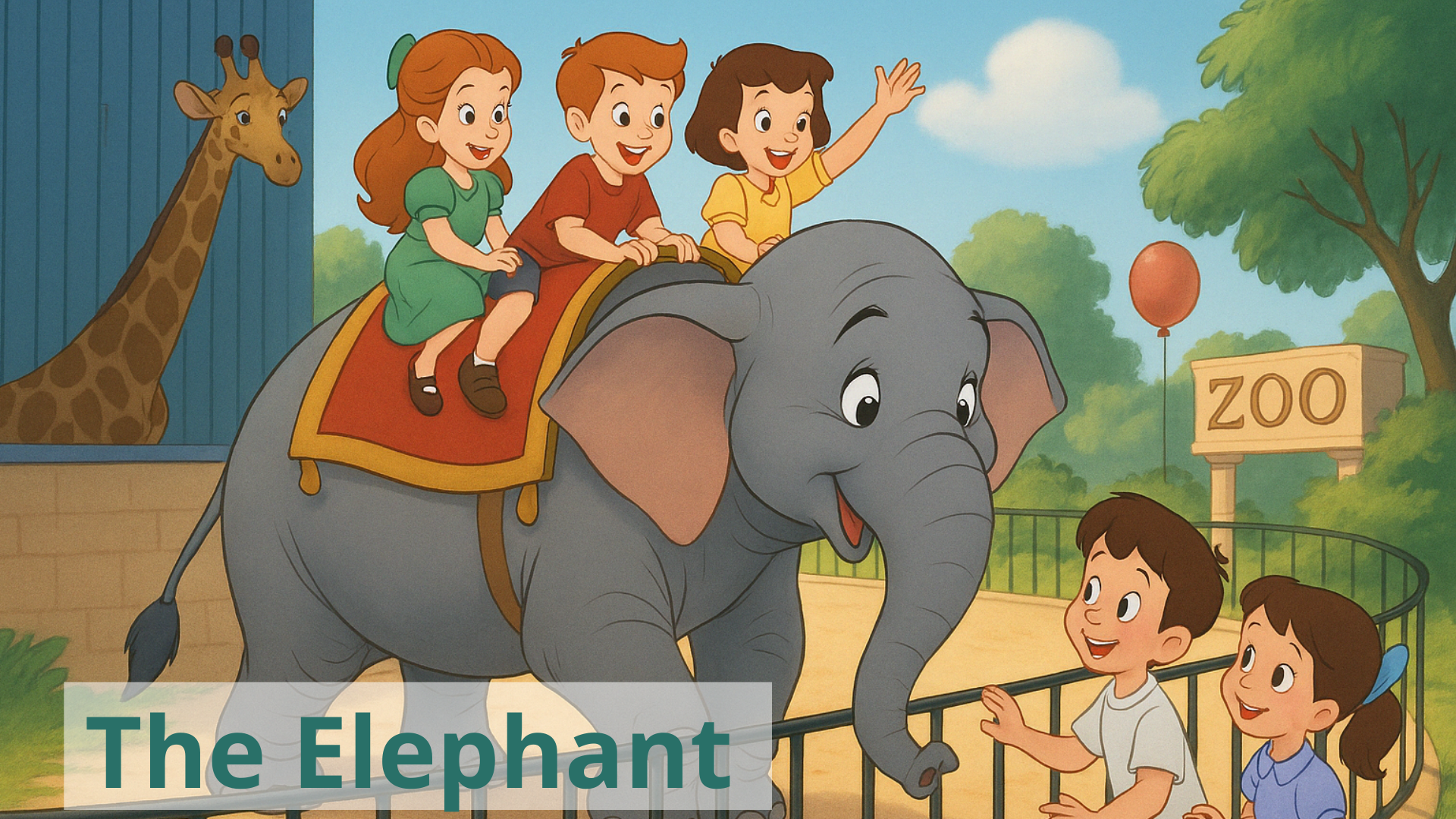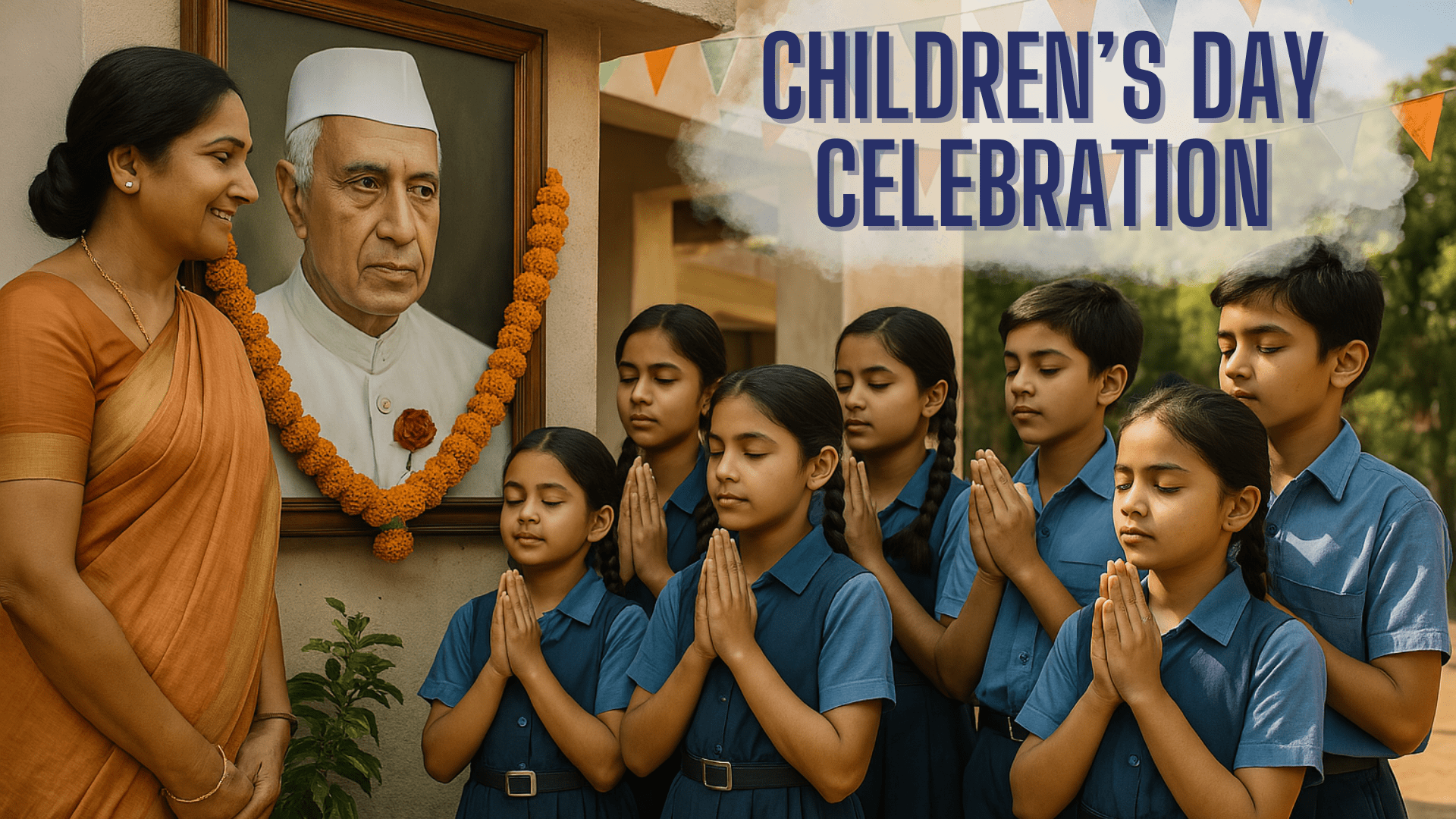Love for Animals
Hello, my little stars! Today, I want to tell you a very special story—a story about kindness, friendship, and love… not just between people, but also between people and animals. Have you ever felt close to an animal? Maybe your pet cat, dog, or even a squirrel you see near your home? Well, you’re going to love this story! Let’s walk along with Lucy and Nithin, two children just like you. One day, after school, they saw something interesting… A Man and His Dog It was 4:15 in the evening. School was over and Lucy and Nithin were on their way home. While walking, they noticed a man talking to his dog. And guess what? The dog seemed to answer back by barking! Isn’t that funny and sweet? Lucy suddenly remembered a great man called Sri Ramana Maharshi. Do you know who Bhagavan Ramana Maharshi is?” she asked Nithin. “No, who is he?” Nithin was curious. So Lucy began sharing stories she had heard from her grandmother. Ramana Maharshi – A Friend to Animals Ramana Maharshi was not only a wise man, or a sage, but he had a big, kind heart—especially for animals and birds. He didn’t just feed them—he talked to them as if they were his friends. Just like we speak to each other! He had dogs whom he lovingly called “boys”. He would ask, “Are the boys eating their food?” He also had a cow named Lakshmi. Yes, he gave her a name! He used to say, “Give Lakshmi some rice.” Isn’t that so caring? All these animals stayed with him in his ashram (a peaceful place where sages live). And here’s something even more amazing—he always fed the animals and birds first, before eating anything himself. That’s what real love looks like. Peacocks, Peanuts, and Mangoes He even had peacocks who came when he called them. He’d make the same sounds they make, and they would come running to eat peanuts, rice, and sweet mangoes right from his hands! Doesn’t that sound magical? A Brave and Gentle Heart One day, Ramana Maharshi was sitting quietly on a hillside. Suddenly, a snake came and crawled over his legs. Would you be scared? I think most of us would be! But Maharshi didn’t scream or run. He stayed still. Later, someone asked him what it felt like. He smiled and said, “Cool and soft.” Imagine that! So calm and peaceful—even with a snake! He never allowed anyone to harm snakes in his ashram. He would say, “We have come to their home. We have no right to trouble them. They do not trouble us.” That’s such a beautiful thought, isn’t it? As Lucy and Nithin neared their homes, Lucy promised to tell more stories the next day. She had learned all these wonderful things from her grandmother. Kindness and respect—for every living being—was the big message Ramana Maharshi shared. And that’s something we can practice every day too! What Can We Learn? Animals have feelings too. Just like us, they love, they get hungry, they get scared, and they feel happy when treated kindly. When we show love, they return it in their own sweet ways—like a wagging tail, a soft purr, or even just sitting next to us. So, let’s remember Ramana Maharshi’s example and be gentle, loving, and kind to all creatures. Because love is not just for humans—it’s for all living beings. FAQs Q1: Who was Ramana Maharshi? A: He was a wise and gentle sage who lived in an ashram and was known for his deep love for animals and birds. Q2: Did he really talk to animals? A: Yes! He spoke to them just like he spoke to people. He even gave them names and understood their feelings. Q3: Why didn’t he let people kill snakes? A: Because he believed we should respect all life. He said that we are in their home and they won’t harm us unless we harm them. Q4: What kind of animals lived in his ashram? A: Dogs, a cow named Lakshmi, peacocks, birds, and even snakes lived peacefully in his ashram. Q5: What can we learn from this story? A: To love and respect animals, to be kind and gentle, and to treat all living beings with care. Take assessment: 1. Oral Comprehension Questions (One-on-One or Group Discussion) These help you check if the child has understood the story in a friendly, low-pressure way. 2. Short Answer Questions (Written) These encourage recall and basic sentence framing. 3. Long Answer / Value-Based Questions (3–5 sentences) These promote deeper thinking and expression. 4. Sequencing Events Ask the child to put story events in order. Example: Put these in the correct order: 5. Vocabulary & Word Meaning Help children connect with new words. 6. Opposites / Antonyms Simple word work for language reinforcement. 7. True or False Great for quick checks and memory recall. 8. Fill in the Blanks 9. Match the Columns Example: A (Word/Name) B (Meaning/Relation) Ramana Maharshi Sage who loved animals Lakshmi Cow Boys Dogs Lucy Schoolgirl 10. Rearranging Words to Make Sentences 11. Creative Thinking & Personal Connection Encourages the child to relate the story to their world. 12. Role Play or Story Retelling Encourages expressive skills and listening comprehension. 13. Picture-Based Questions Show images and ask:




